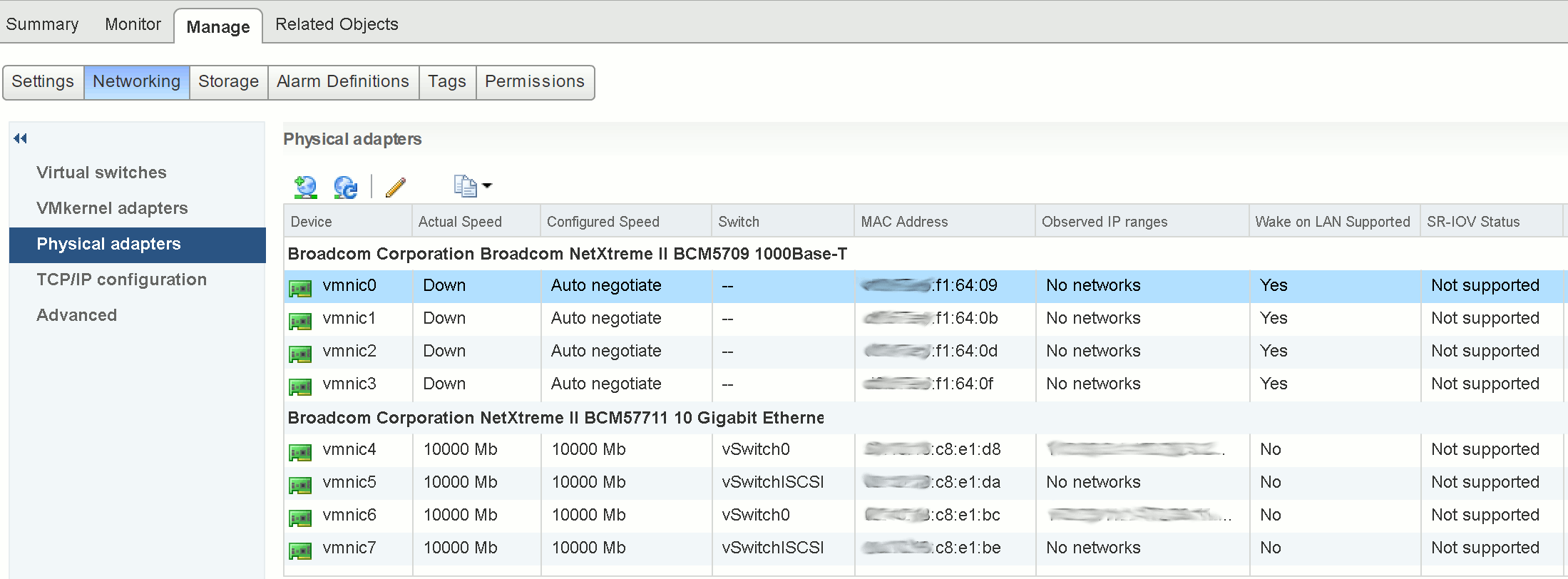

This cannot be controlled with the API, not as far as I can tell.

Snapshots automatically maintain at least one full with incrementals. Snapshots are stored like this, and some types of disks.

In theory, even a data center burning to the ground will result in very little data loss. Overall, the cost of storing snapshots in Azure can be significant, so it is important to plan and manage your snapshots carefully to ensure that you are only paying for the storage that you actually need.Google Cloud regional or multi-regional storage is built around replicating several copies of blobs, intra-zone, between zones, and between regions. You can also use features such as automatic snapshot deletion or snapshots compression to reduce the size of your snapshots and reduce the cost of storage. To reduce the cost of storing snapshots in Azure, it is important to manage your snapshots carefully and only store the snapshots that you need. Data retrieval charges apply when you access data stored in a snapshot, and data transfer charges apply when you move data to and from a snapshot. In addition to storage, you may also incur charges for data retrieval and data transfer. Additionally, snapshots are billed for the time they are stored, so the longer the snapshots are stored, the more you will be charged for storage. Snapshots stored in Azure are billed based on the size of the snapshots, so the larger the snapshots, the more storage you will be charged for.

In Azure, snapshots are stored as page blobs in a storage account, and you are charged for the amount of storage used by the snapshots, as well as any additional features or services you may use, such as data transfer, data management, and data retrieval. The cost of storing snapshots in Azure depends on several factors, such as the size of the snapshots, the number of snapshots, and the type of storage you use.


 0 kommentar(er)
0 kommentar(er)
